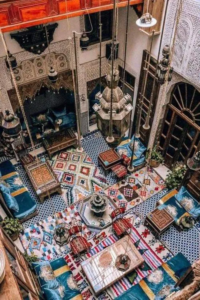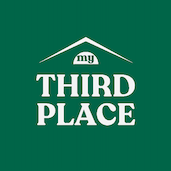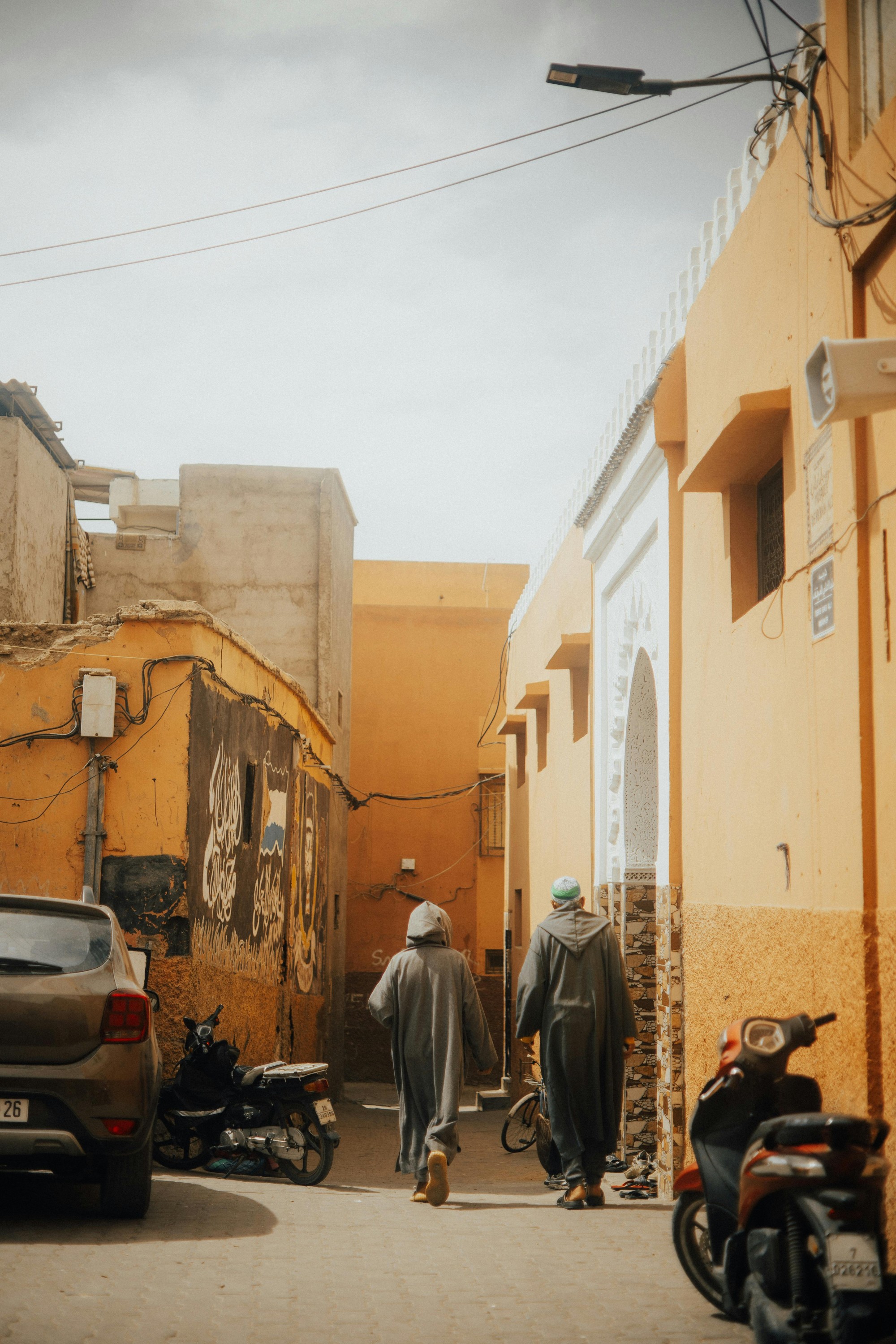“RIGHT THIS WAY”
Yassine shouted breathlessly. I followed him, no questions asked. At this point, the 40-degree heat has taken a toll on me. I was tired and jetlagged but also filled with curiosity. It was late July in Marrakech, Morocco, and I was on a solo trip for a week and a half in the Red City. I had heard before visiting how friendly and welcoming locals are towards tourists (well, at least the respectful ones) so I followed Yasine, a local teenage barber in the Medina who I had befriended in front of my hostel. We navigated ourselves through hot and sandy alleyways in search of Yasine’s elder uncle. He’d told me they were always at this spot near a big abandoned bakery turned hangout spot. He went on to say how many townspeople and youngsters hung out here as it was away from all the noise of the popular hustle and bustle of the Jemaa el-Fnaa and in a nice shaded area away from the desert heat.
You may be wondering who follows random strangers down strange and foreign roads, but I still don’t have an exact reason, and that’s okay. Although I acknowledge the danger behind this, I wanted to see how local people spent their time. How are people here so cheerful and energetic in such rough conditions? My curiosity has led me to all types of situations, good and bad, but I just had a feeling about this. I knew there was more than meets the eye.

The Moroccan Majlis
Let me familiarize you with the term “Majlis.” It is derived from the Arabic term “place of sitting” and is deeply ingrained in various North African and Middle Eastern countries, where they are the focal point in any home and are a sacred social space. Its design reflects the country’s diverse history, combining Berber, Arab, and Andalusian influences to create a distinct and welcoming atmosphere. What does that mean exactly? It can just come down to sitting spaces where community members gather to discuss events, and issues, drink tea, or play simple card games. They are typically large spaces with carpets on the floor and cushioning on the wall. It’s unique places like this that led me to explore and dig deep, as in my city spaces like this are rare to nonexistent.
I was met with a large wooden door at the end of this narrow deserted road, only to open up to such detailed and beautiful Moroccan mosaic designs plastered all over the wall. Just a short walk left into another room, Yasine led me to the most beautiful well-lit and heavenly-looking cushioned Majlis. An elder met us who was the boy’s grand uncle. During the conversation, he explained that in the heart of Moroccan culture, Majlis embody hospitality, connection, and elegance. Originating primarily from the Middle East, it is a third place where people have to play cards, complain about work, share a meal, but more importantly, bond over the struggle that is the human experience.

Out of all the “third places” I visited throughout my lifetime, this was more deep. You could feel how the space transcended its function, it was a place of refuge, a sanctuary of sorts. Music, poetry, and even the sounds of TikTok were played on full volume, and the space was a testament to the enduring power of human connection.
The Moroccan Majlis have distinct features, such as luxury seating that comes in arrangements in low cushioned seating areas adorned with bolsters and plush pillows. Often covered in bright and patterned fabrics, it is the heart of any Majlis. Another distinct feature is the inclusion of handcrafted furniture, from stools/chairs to intricately designed wooden tables. Moroccan artistry showcases detailed and unique patterns and textiles, providing a comfortable and intriguing ambiance. Lastly, what gives life to any Majlis is the decorative elements on display. From ornate mirrors to handcrafted art figures, the possibilities to add any sort of emotion to the Majlis are endless.
A Familiar Divide
Throughout my conversations with like-minded youths across the world. We could conclude that one outlier that came up in most conversations was how people feel “isolated” and not “connected.” In a world where we spend on average 5-6 hours a day on our devices, we often get lost in our digital communities only to neglect and lose the bond we once had with the communities away from the screen. From living a hectic busy student and corporate work life my time in Morocco helped ground me to become in tune with the simple things of life. We’re either chasing for that certain grade at school, a promotion at work or the latest phone on the market, we forget to take a step back and appreciate the little things.
It’s places like the Majlis that stand for unity and harmony. It reminds us how important human connection is in the simplest form possible. As we navigate our busy lives, let’s start to take time to foster and nurture our relationships around us, while also finding a space where we can be free and connected.





Comments
The Modern Majlis: Third Spaces as Cultural Anchors for Global Communities Third Spaces Abroad: Building Communities Beyond Borders – MyThirdPlace
amtveeckgqf
mtveeckgqf http://www.g0ywn6oj5tp6848ig4406u8i6h839fobs.org/
[url=http://www.g0ywn6oj5tp6848ig4406u8i6h839fobs.org/]umtveeckgqf[/url]
Well said, love this Article
Loved to read about this beautiful traditional gathering space in Morocco.